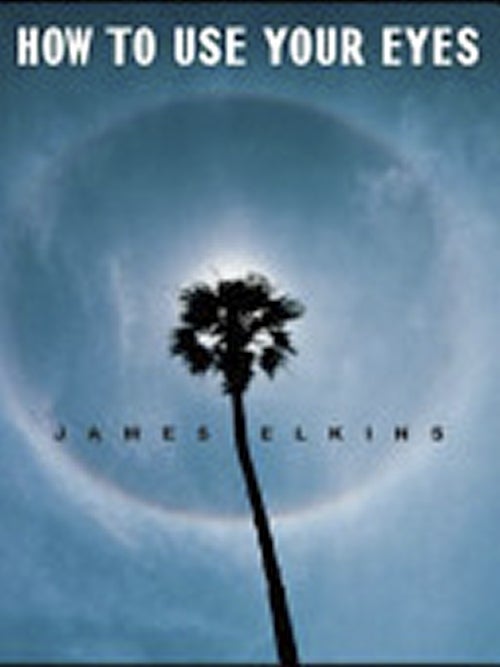Books show more to sight than meets the eye
Published 12:02 am Sunday, April 26, 2015
By Rebecca Hyde
Rowan Public Library
Artists and scientists are interested in the act of seeing. How do we see? What do we see? Answers to those questions have changed with discoveries in science and art.
As a painter and art historian, James Elkins appreciates art, but curiosity has led him into areas of science and the natural world. In his book “How to Use Your Eyes,” he offers us a way to examine and appreciate the world around us, from the intricate to the complex. It’s a book about “learning to see anything,” by simply stopping and taking the time to look, and keep looking, “until the details of the world slowly reveal themselves.”
He divides his investigations into two large categories: things made by man and things made by nature. Man-made includes postage stamps, tracing their history and revealing subtle political and artistic details. The fine motorwork of a locomotive on a United States 3-cent stamp from 1869 is barely revealed under magnification.
When Elkins looks at patterns in moths’ wings, he is looking for nature’s simple “ground plan,” the template that is more or less shared by all butterflies and moths. It takes practice because symmetry is modified by the need for camouflage. He also studies culverts, Chinese and Japanese script, fingerprints, twigs and sunsets.
Elkins’ investigations into art and seeing take a different approach in his book “What Painting Is: How to Think about Oil Painting, Using the Language of Alchemy.” Here he argues that science and our usual approach to art appreciation cannot explain the act of painting. Elkins explores what an artist does in the studio to transform paint into a painting: thinking in painting, as opposed to thinking about painting. The thoughts of the artist are embedded in the paint, or “liquid thought.”
And the process of turning the thickness of paint into a picture is like the efforts of alchemists, trying to mix and mingle ingredients to produce a purified, rare substance. He examines the term “hypostasis,” the concept that something as dead as paint might also be deeply alive and full of thought. For example, a painted window can be brilliant with light (as in Matisse’s windows open to the ocean air), but it is also a heavy mineral deposit of paint and absolutely opaque. Or look at the brushstrokes that remain fixed in a painting for all to see: material memories of the artist at work.
“Eye of the Beholder: Johannes Vermeer, Antoni van Leeuwenhoek, and the Reinvention of Seeing,” by Laura J. Snyder, describes the use of new optical instruments in the 1600s by scientists and artists, which changed how we perceive the world. Snyder terms it “the invention of the modern notion of seeing.” The notion of the eye as an instrument, comparable to a camera obscura, fascinated artists and scientists.
The reach of sight was extended by the telescope and microscope. The descriptive impulse, rather than just storytelling, was pervasive with the collection of data, specimens and observations of the natural world. It was the age of the artist Vermeer, who infused his paintings with the new optical discoveries.
Smart Pedaling workshop: South branch, China Grove, April 27, 5:45 p.m. Visit different stations set up by local experts to understand bicycle types, basic fitting, rules of the road, quick maintenance, bike-friendly trails and road routes and more. Led by David Freeze and Skinny Wheels. Part of the 2015 Learn.Act.Grow.Series. Register online or call 704-216-7734 to ensure your spot.
Teen Poetry Slam: Headquarters, April 28, 5:30-7 p.m. April is National Poetry Month and the library invites teens to submit and perform their favorites for a chance to win special prizes.All middle and high school students are eligible. Rules and entry information available online or at any library location or call 704-216-8229.
Book Bites Club: April 28, 6:30 p.m., “Falling Together,“ by Marisa de los Santos. Book discussion groups for adults and children at South Rowan Regional Library meet the last Tuesday of each month. Open and anyone is free to join at any time. There is a discussion of the book, as well as light refreshments. For more information, call 704-216-7734.
Displays: Headquarters, 411; South, stained glass by Betty Corriher and Sandra Collins; East, Kim Davis.
Literacy: Call the Rowan County Literacy Council at 704-216-8266 for more information on teaching or receiving literacy tutoring for English speakers or for those for whom English is a second language.



